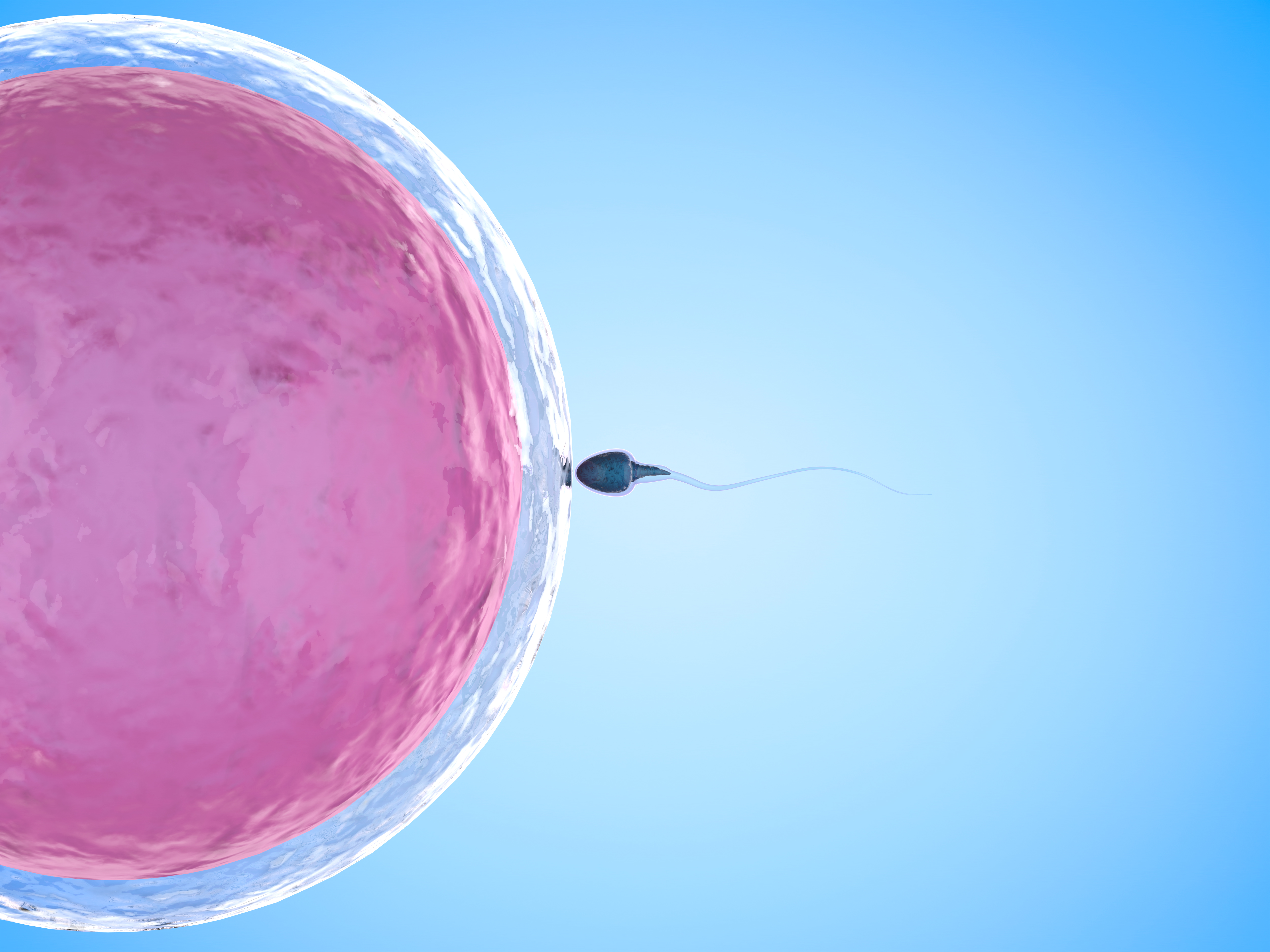
In-vitro fertilisation (IVF) has become a widely trusted and effective treatment path for those who are facing fertility challenges. Over the years, it has given hope to umpteen individuals and couples dreaming of starting their families. Despite being a standard procedure, the IVF process may seem overwhelming to couples, and knowing what to expect can ease some of that stress.
In this article, we have ensured that the IVF procedure is explained in the simplest terms possible so that couples gain all the clarity required to make informed decisions.

IVF has been a boon for couples who face fertility issues and are unable to conceive a child on their own. IVF refers to in vitro fertilisation, and it is a type of Assisted Reproductive Technology (ART). This is a highly complex procedure whereby eggs and sperm are fertilised in a laboratory, and once the embryo is formed, it is transplanted into the uterus. The IVF cycle is successful and pregnancy is declared only if the embryo succeeds in implanting itself into the uterine wall.
Let’s take a closer look at the IVF process step by step.
Failure to naturally conceive a child despite numerous attempts, recurrent miscarriages, stillbirths, etc., are indicators of fertility issues. A fertility specialist should be consulted when this happens. During the initial consultation, the doctor will review medical history, discuss any previous pregnancies or treatments, and recommend a few basic tests for both partners. All this will be helpful in identifying the underlying cause of infertility. It’s also a good time to ask questions, express concerns, and understand the journey ahead.
Once IVF has been recommended as the most promising path forward, the doctor will prescribe a few tests to evaluate reproductive health further, and these include:
Once these tests are completed, the doctor will schedule a date to initiate the IVF cycle. A typical IVF cycle usually lasts between 4 and 6 weeks. The IVF treatment timeline can feel different for each person, but careful monitoring and personalised care help ensure that every step is taken at the right pace for the best possible outcome.
Typically, only one mature egg is released during ovulation. However, to maximise the success rate of the IVF cycle, it becomes necessary to harvest as many mature eggs as possible from the ovaries. The IVF cycle effectively begins with ovarian stimulation, usually beginning on the second or third day of the menstrual cycle.
The ovarian stimulation phase typically lasts 8 to 14 days. It involves taking hormone injections (FSH and LH) daily to help the ovaries produce multiple mature eggs. Ultrasound imaging scans will be used to check the maturation of the eggs. Hormone levels will also be checked and the dosage of the hormone injections will be modified accordingly.
Once the eggs have matured, a “trigger shot” to stimulate ovulation will be given exactly 36 hours before the scheduled egg retrieval process.
Eating nutritious food, staying hydrated and managing stress and anxiety with meditation or yoga are the best IVF cycle tips during this phase.
Egg retrieval is an essential step in the IVF process. It usually takes 20 to 30 minutes, and in most cases, the individual can return home the same day. With the ultrasound scan as a guide, eggs are retrieved from the ovaries using a thin needle passed through the vaginal opening. These eggs are then sent to a laboratory to be fertilised.
It is normal to feel a little discomfort after the procedure. This usually passes after a few days.

At the time of egg retrieval, a sperm sample is usually collected from the male partner for the fertilisation process, thus ensuring both eggs and sperm are available for the next step in the process. If the male partner has issues such as a low sperm count, specialised procedures like Testicular Sperm Aspiration (TESA), Microsurgical Epididymal Sperm Aspiration (MESA), or Testicular Sperm Extraction (TESE) will be used to collect the sperm directly from the testes.
After the eggs and sperm are collected, the fertilisation process will be initiated in the lab. In traditional IVF, they are placed together in a dish, allowing fertilisation to occur naturally. However, if there are some problems with sperm quality, a method called ICSI may be used, whereby a single sperm is directly injected into each egg. The resultant embryos will develop in the lab for about 3 to 5 days after the fertilisation process.
During this procedure, one or more embryos are placed into the uterus. The method is straightforward and typically does not require anaesthesia. Using ultrasound for guidance, the specialist gently inserts the embryos through a thin tube called a catheter.
Pregnancy only happens when the embryo has been able to implant itself into the uterine lining successfully. Around two weeks after the embryo transfer, a blood test will done to check for the presence of hCG (human chorionic gonadotropin) in the blood, which is an indicator of pregnancy.
IVF is an effective treatment path that helps people facing fertility issues become parents. Couples planning to embark on the IVF journey need to understand what each step in the process entails, as it will help them be prepared both physically and mentally.


The duration of IVF treatment varies from case to case, as treatment protocols may differ based on the patient’s age, overall health, and reproductive issues. Typically, a complete IVF cycle lasts around 4-6 weeks.

Before the IVF cycle begins, several tests will be performed to assess the couple's overall health.

Doctors will monitor patients undergoing IVF treatments using ultrasound imaging scans of the uterus and blood tests that check hormone levels.
